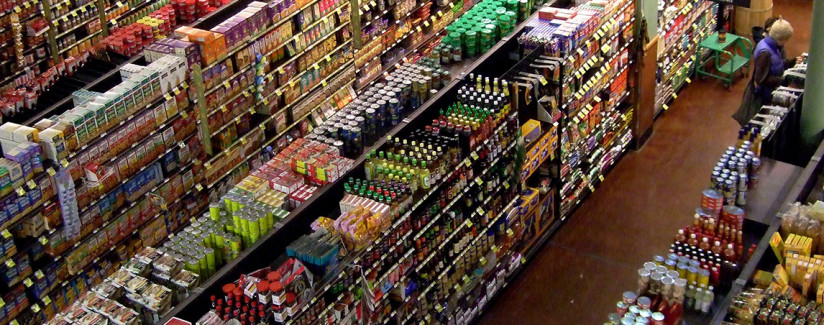
Food Packaging 101
12/25/2015
Brown paper packages tied up with strings…. They may be some of our favorite things, but when it comes to food, there are many options for keeping food fresh and safe. And just like many of the holiday packages made specifically for certain gifts, food packages are also tailor-made for specific foods.
Paper
Paper is the oldest form of food wrapping, dating to the first century. Cardboard was developed in England in 1817. Paperboard cartons first became widely used to package flake cereal and continues to be used today.
Metal
Napoleon Bonaparte offered a reward to anyone who could preserve food for his army and, in 1809, a chef in Paris won the prize with a process that packed food in glass bottles. A year later, an Englishman patented the sealed can, forever changing the way food is stored. The can opener, however, wasn’t invented until 1875. The cans were originally soldered shut. Now, the double seam system is used.
Canned food stored in a cool, dry place will stay at best quality for two to five years, while the food will be safe to consume indefinitely.
While extremely rare, a toxin produced by Clostridium botulinum is the worst danger in canned goods. NEVER USE food from cans that are leaking, bulging, badly dented or that have a foul odor.
Glass
Glass has also been employed for centuries to preserve food. It became very popular in the 18th and 19th centuries. Today, glass is used for high-value products.
Plastic
Plastic is the most widely used product for food packaging. Foam became available in the 1950s and is used as cushioning and insulation for boxes, cups and meat trays. Cellophane wraps were introduced around this time period. Originally, the films were only clear but can be made opaque, colored or embossed with patterns.
PET (polyethylene terephthalate) plastic bottles entered the beverage market in 1977 and continue to be very popular.
Vacuum Seal
Oxygen in the air causes food to break down and spoil. Vacuum packaging removes air to create a vacuum. Modified atmosphere packaging and controlled atmosphere packaging help to preserve foods by replacing some or all of the oxygen inside the package with other gases such as carbon dioxide or nitrogen.
Sources: Ohio State University Extension, U.S. Department of Agriculture
Photo: “Miles of Aisles” by sea turtle is licensed under CC BY NC-ND.

























